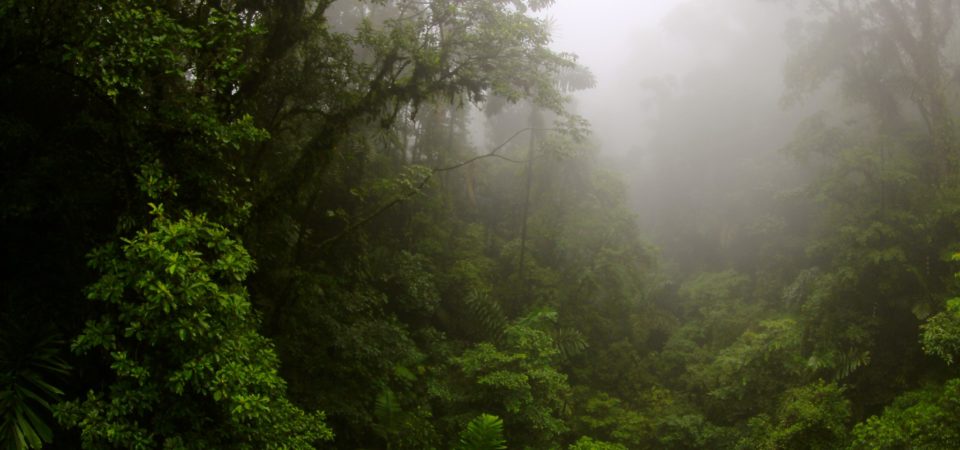Item Link: Access the Resource
File: Download
Publication Info: https://doi.org/10.1038/s41598-023-28132-y
Date of Publication: February 17
Year of Publication: 2023
Publication City: London, UK
Publisher: Springer Nature
Author(s): Pos, E., De Souza Coelho, L., De Andrade Lima Filho, D. et al.
Journal: Scientific Reports
Volume: 13, 2859
ABSTRACT
In a time of rapid global change, the question of what determines patterns in species abundance distribution remains a priority for understanding the complex dynamics of ecosystems.
The constrained maximization of information entropy provides a framework for the understanding of such complex systems dynamics by a quantitative analysis of important constraints via predictions using least-biased probability distributions. We apply it to over two thousand hectares of Amazonian tree inventories across seven forest types and thirteen functional traits, representing major global axes of plant strategies.
Results show that constraints formed by regional relative abundances of genera explain eight times more of local relative abundances than constraints based on directional selection for specific functional traits, although the latter does show clear signals of environmental dependency.
These results provide a quantitative insight by inference from large-scale data using cross-disciplinary methods, furthering our understanding of ecological dynamics.
Key points:
- Amazonian trees show evidence of frequent long-distance dispersal (via movement of their seeds and pollen), and this has a powerful homogenizing effect on forest composition as one moves across the Amazon landscape.
- This homogenizing effect of long-distance tree dispersal causes a large area of the Amazon, especially the basin’s interior, to have a lower turnover of tree species than many other tropical regions on Earth.
- Tree traits for nutrient-starved soils (e.g. ectomycorrhizae), and strategies to deter herbivores (e.g. latex, resin) become abundant across the large expanses of Amazonia where soils are nutrient-poor.
- However, in areas that are less nutrient-starved, trees with fleshy fruits and high leaf nutrients are rare. Such trees are more abundant in relatively productive soils, such as those found in western Amazonia or near white-water rivers.
Read the full paper here or download it from the link above.
The views and opinions expressed through the MAHB Website are those of the contributing authors and do not necessarily reflect an official position of the MAHB. The MAHB aims to share a range of perspectives and welcomes the discussions that they prompt.
